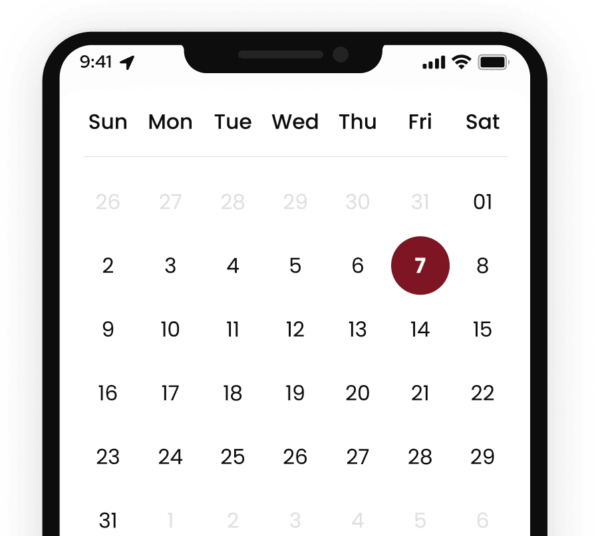When should I give YTD financials to a buyer of my business?
Year-To-Date (YTD) Financials
At some point in the sale process, a prospective buyer is likely to request to see year-to-date (YTD) financial records for your business before they make an offer. You should be in a position to provide this information, but there are a few important points to keep in mind:
- Normalized: Don’t send your raw or unadjusted financials to the buyer. Be sure you send adjusted or normalized financials to the buyer. Alternatively, you can send your unadjusted financials along with a list of the adjustments.
- Compare YTD with the previous year: Don’t just send the buyer your YTD financials. Send the buyer a comparison of this year’s and last year’s results. If it is October and the buyer is requesting to see the January-September profit and loss (P&L) statement, send them January-September for the current year and January-September for the previous year. This allows the buyer to account for seasonality in the business and allows them to see how the business is performing relative to the exact period last year.
- Revenue Recognition: Beware of timing differences in recognizing revenue and expenses. You may have just landed a big six-figure job, and this may skew the results significantly. Alternatively, you may have just paid a large expense that would inflate your expenses. Most small and mid-sized businesses do not perform proper accrual accounting, and either use a cash-based system or a hybrid system (cash and accrual basis). Additionally, since you are working off interim financial statements, your accountant will not have made the final entries into your system for items such as depreciation. For these reasons, it’s important to tell the buyer the story behind the numbers.
- Monthly Revenue Chart: We also recommend showing the buyer a chart of the monthly revenue for your business. Look at the chart below. While there are major spikes in revenue, the overall trend is positive. You can also see that the major spikes and valleys are normal for this business. Focusing on these short-term trends can skew a buyer’s perspective. Show the buyer a chart of your business’s monthly revenue to prevent this inaccurate perspective.

Look at the revenue chart above. Do these spikes or dips in revenue look like normal occurrence for this business or industry? Peaks and valleys appear to be normal for this business.
You can use your YTD financials as a tool to gauge interest and further qualify an interested buyer. We intentionally withhold your YTD financials in your CIM. Doing so forces the buyer to request them directly, which allows us to:
- Further screen or qualify the buyer. If the buyer is requesting additional documentation or clarification from you, this gives us an opportunity to further qualify the buyer.
- Gauge the buyer’s interest level. If the buyer goes out of their way to ask you for updated financial statements, you can reasonably assume that they have some level of interest in your business.
Warning: If the buyer sends you a detailed request for additional documents, such as tax returns, they are likely attempting to shop your business for financing. This is a warning sign — the buyer should request your permission to share your confidential information with third parties before doing so. If the buyer is shopping the business for financing early in the process, this may mean that the buyer does not have the down payment, or that they misled you by telling you that the down payment would be coming from a bank. This is rare, but it does happen. Stop this process immediately and talk with the buyer. You don’t want them shopping your business without your knowledge or consent.
Why should the adjustment items be the same as the items in my P&L statement?
We cannot make an adjustment that is larger than the original amount. For example, if your original P&L statement shows travel expenses of $50,000, we cannot make an adjustment of $80,000 because that is greater than the actual expense of $50,000 that shows on your P&L statement. Any adjustment we make must be tied to an actual expense on your P&L statement, and the adjustment cannot exceed the original amount on your P&L statement.
